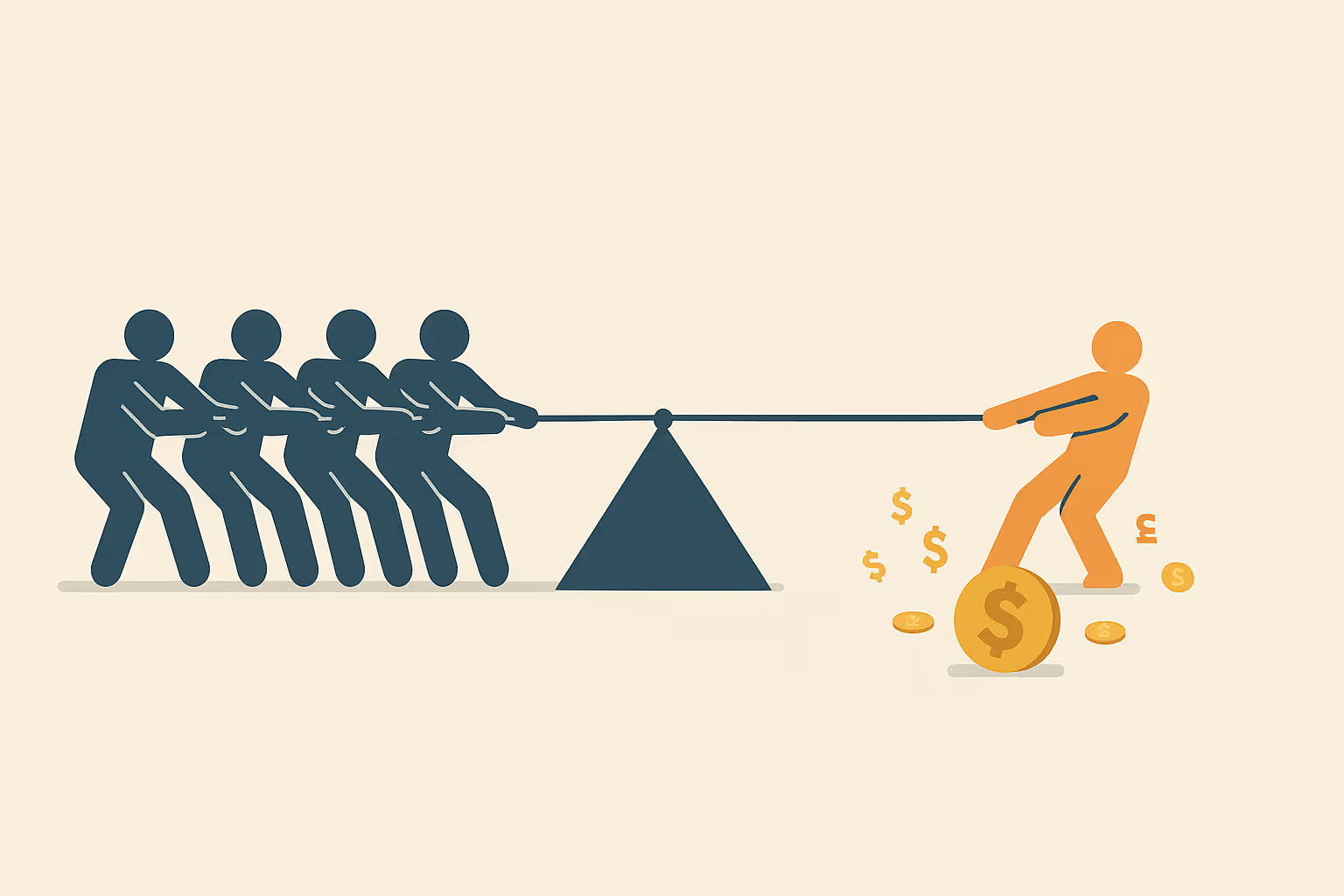Most people still don’t pay for online news - just 17% across 20 wealthier countries in 2024 and 18% in 2025 - while the subscriptions that do exist concentrate in a few big brands (“winner-takes-most”). That makes a subscriptions-only strategy effectively zero-sum: one outlet’s gain is another’s loss. Meanwhile, households already stack multiple streaming services, leaving little budget for “one more news sub.” The sustainable path is low-friction, complementary revenue (contributions, one-offs, “pay-as-you-go,” memberships) that monetizes casual readers without cannibalizing existing subs.
Key points
- Paying for online news has stalled at a minority of consumers (≈17–18%)
- Subscriptions cluster with a few national brands (winner-takes-most)
- Households already budget for multiple streaming subscriptions, tightening willingness to add news subs
- Low-friction models (contributions, per-article/passes, light memberships) expand coverage to the 80%+ who won’t subscribe.
- These models complement subscriptions instead of replacing them.
What do we mean by “zero-sum” in publishing?

A zero-sum setup is one where gains for one player come at the expense of everyone else. If most readers won’t take more than one paid relationship with a content publisher (news, streaming video, GenAI, etc.) - and those who do pay tend to cluster around a few big brands - then smaller or specialist outlets fight over leftovers. The market math pushes toward winner-takes-most outcomes.
What do the numbers say in 2025?
- Share paying for online news: 17% (2024) across 20 richer markets, nudging to 18% in 2025. Growth is flat
- Concentration: A large proportion of those payments go to a few upmarket national brands (e.g., NYT in the US)
- Budget pressure from streaming: UK: 67.5% of households have a streaming subscription; 47% have 2+. US: households average ~4.1 paid services. These costs crowd out “another news sub”
- Reluctance to pay at all: Many non-payers say they would pay nothing for online news, underscoring the ceiling for subs-only growth.
“A subscriptions-only plan narrows your addressable market and increases dependence on a tiny share of high-affinity readers.”
Why subscriptions alone become a zero-sum game
- Finite wallet, stacked elsewhere. Streaming and other media already claim recurring spend
- Concentration effects. When most payers choose the same few titles, the long tail starves
- Slow growth from non-payers. The majority remain unwilling to subscribe, even at discounts.
What expands the pie?
- One-off payments (per article, day pass, topic pack).
- Soft memberships (benefits without hard paywall).
- Contributions/donations (support your work, recurring optional).
- Task-based “pay-as-you-go” for utilities/tools (e.g., single investigation, dataset, briefing).
These monetize casuals and fly-bys - the majority who won’t subscribe - without removing your subscription ladder.
FAQs
Isn’t the industry moving toward more subscriptions?
Yes - and big brands are winning. But growth has stalled overall and remains a minority behavior, which means subs alone won’t maximize reach or revenue.
If some subscribers hold multiple news subs, doesn’t that fix the zero-sum issue?
Only partly - and mainly in a few markets. Even where multi-sub behavior rises, payments still concentrate in a handful of brands. Smaller outlets aren’t lifted evenly.
Do low-friction models undercut subscriptions?
Not when positioned as complements: subs for heavy users; one-offs/contributions for the rest. This widens the funnel and reduces all-or-nothing decisions.
What should a smaller publisher do first?
Launch one low-friction path (e.g., a pass or contribution) on your top evergreen coverage; test copy and placement, and report monthly on first-time payers and repeat rates.



.svg)

.avif)


